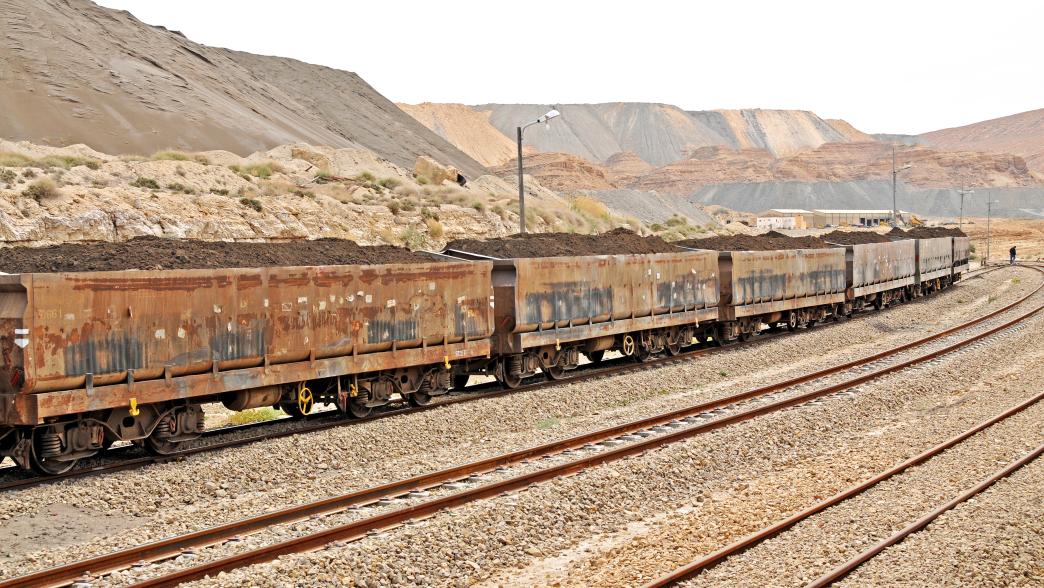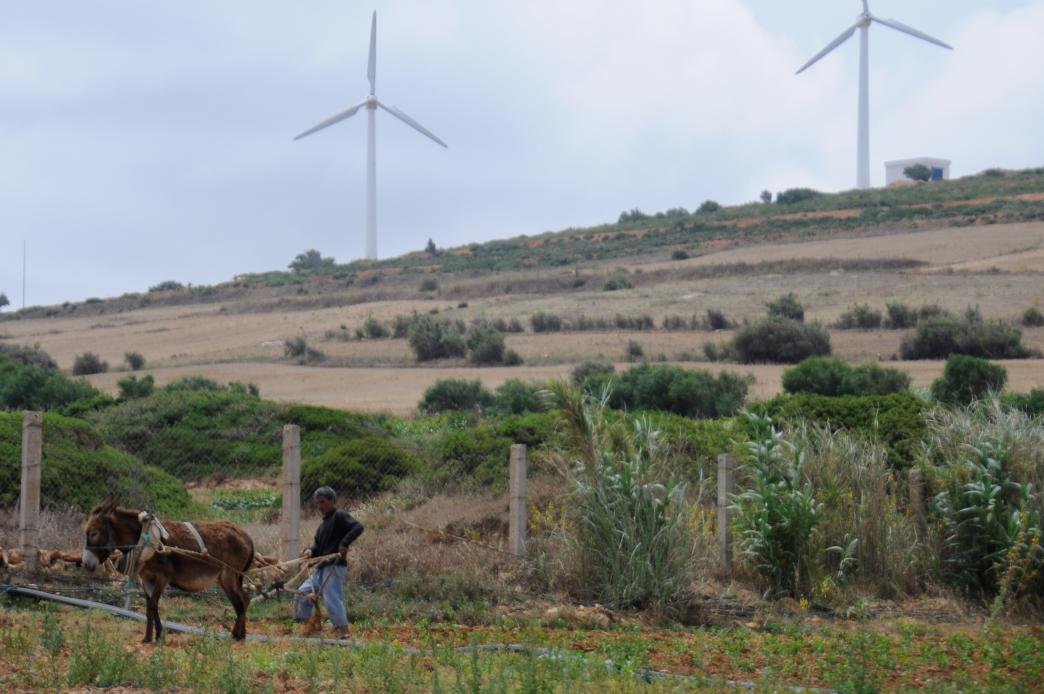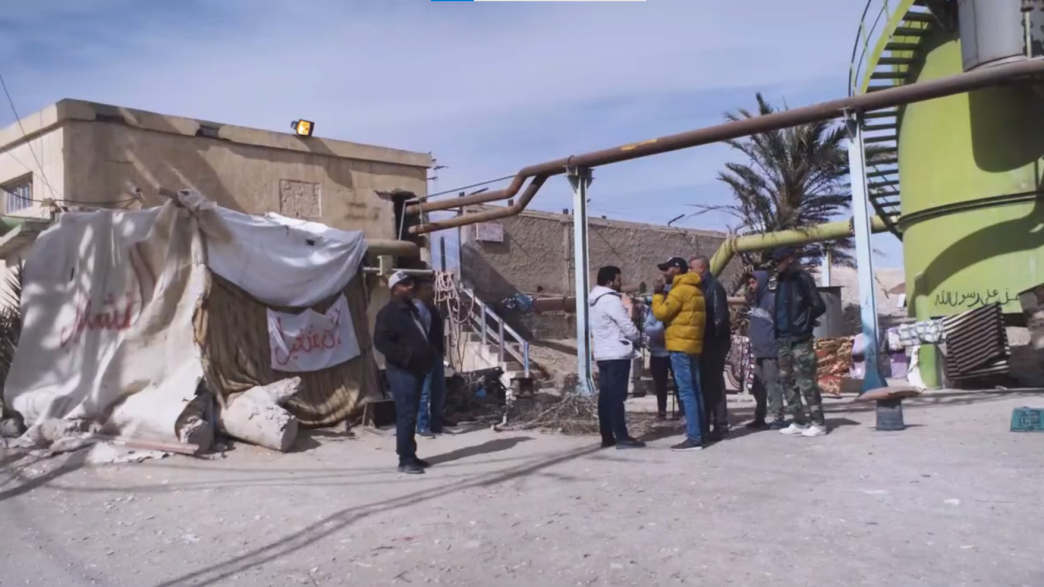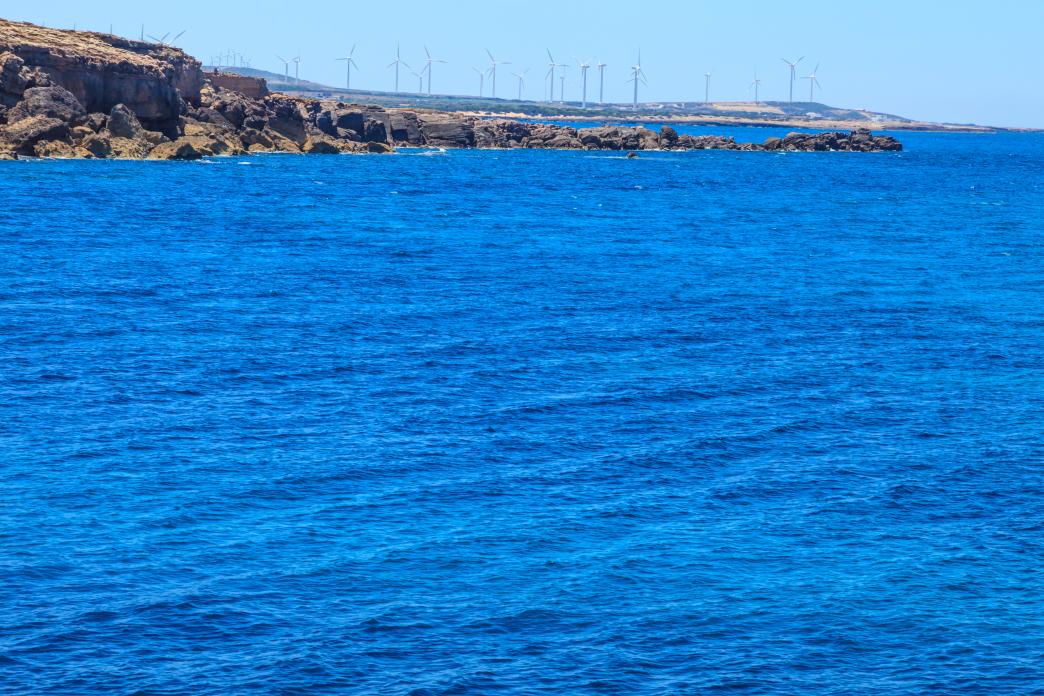
Shaping a New Future for Tunisia’s Phosphate
The biggest historical use of phosphate has been as an ingredient in agricultural fertilizers. In 2008, Tunisia was the fifth-largest producer worldwide, due in part to its prolific production of higher-grade phosphate.
However, the sector has since faced critical governance issues, including a recurring pattern of protests and production blockades by citizens unhappy about corruption and a lack of transparency in the industry. This has prevented Tunisia from fully exploiting and optimizing its phosphate resources, and limited Tunisian phosphate’s potential contribution to the energy transition.
During an April 2023 National Security Council meeting, Tunisia’s President Kais Saied announced an initiative to prioritize phosphate production and combat corruption within Compagnie des phosphates de Gafsa (CPG), the state-owned phosphate company, giving renewed prominence to the sector.
To fully realize the potential of these resources and align with Tunisia’s ambitious energy transition strategy, CPG must adopt responsible and sustainable mining practices, along with policies and regulations that support the country’s energy transition goals. Leveraging new technological uses of phosphate could further enhance government revenues, particularly in an era of renewed economic crisis in the country—but authorities must first create appropriate frameworks.
Toward a market for batteries
Beyond its use in fertilizers, phosphate has also become a key driver in the battery revolution, particularly in lithium ferro phosphate (LFP) batteries. These batteries have grown increasingly popular for their exceptional stability, longevity, low cost and safety benefits compared to NMC batteries, making LFPs a preferred choice for use in commercial vehicles and energy storage systems linked to solar farms or wind turbines. As a phosphate producer, Tunisia could seize this growing market opportunity, boosting exports and revenue.
The European Commission has classified phosphate rock as one of 20 critical raw materials, highlighting its economic value and the importance of securing supply from outside the EU. Tunisia’s strategic advantage as a phosphate-rich country offers a gateway to thriving markets, economic growth and entry into supply chains critical to the energy transition.
A new mining hub?
While the Gafsa Basin accounts for more than 90 percent of Tunisia’s phosphate rock production, the country has other large phosphate rock deposits with reserves that match those of Gafsa in quantity. Some of these deposits are located in Sra Ouertane, a region of the Northern Basin, and remain unexploited. The presence of transition minerals like phosphate rock and also rare earth elements in Sra Ouertane could drive interest in the area.
As a result, the area has the potential to become a prominent transition mining hub and Tunisia has a unique opportunity to optimize the recovery and valorization of these minerals, allowing for diversified income sources and a strengthened position in the strategic transition minerals market.
Stronger mining code, smaller carbon footprint
Meanwhile, as Tunisia revises its mining code, the government must consider fluctuations and changes in international phosphate demand. The mining code revision offers CPG the opportunity to modernize operational practices, encourage innovation, and ensure sustainable management of phosphate resources. The revised code should include specific provisions that incentivize exploration into new markets and the adoption of cutting-edge technologies. These could involve advancing green ammonia production and engaging in research collaborations for cleaner extraction processes. (See below.)
In addition, Groupe chimique Tunisien (GCT), a subsidiary of CPG, must urgently decrease the carbon footprint of its products, such as phosphate fertilizers, in order to keep them competitive under new schemes of international taxation, like the European Carbon Border Adjustment Mechanism (CBAM).
To thrive and grow during the energy transition, Tunisia’s phosphate producers must also adopt new sustainable technologies. One is the production of green ammonia, also known as renewable ammonia; it is produced from green hydrogen, which is derived from water electrolyzed using renewable electricity. The main application of green ammonia is in the production of carbon-neutral fertilizer products. Tunisia’s Ministry of Industry, Mines and Energy, in partnership with German Cooperation (GIZ) is working on a green hydrogen strategy.
By producing green ammonia locally, Tunisia can reduce its dependence on imports of grey ammonia and decrease operating costs, thereby boosting the competitiveness of its phosphate industry.
Phosphate is a point of entry for Tunisia into the global energy transition. It is therefore a critical moment for good governance in the sector.
Constructive and open dialogue has led to higher phosphate production in Tunisia.
Authors

Abir Yahyaoui
Tunisia Senior Officer



